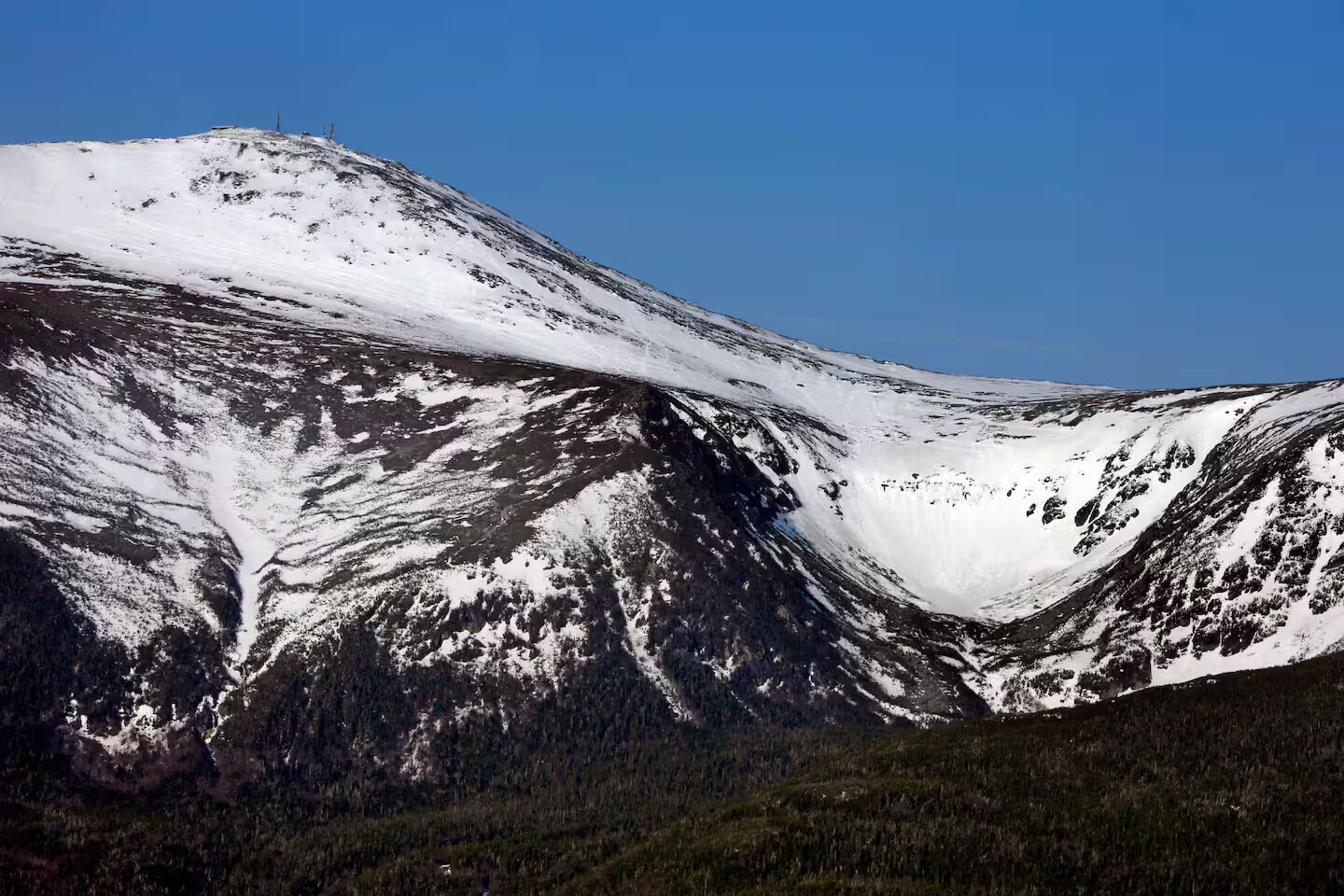Whispers Of Mount Washington’s Weather Mysteries

Have you ever wondered why Mount Washington's weather is so unpredictable? This peak, located in New Hampshire, holds the record for some of the wildest weather in the world. Known for its fierce winds, sudden snowstorms, and rapid temperature drops, Mount Washington keeps even seasoned meteorologists on their toes. The mountain's unique location and elevation create a perfect storm of conditions that can change in the blink of an eye. Whether you're planning a hike or just curious about extreme weather, understanding what makes Mount Washington's climate so unique can help you prepare for anything. Ready to learn more about this weather wonder?
The Unpredictable Nature of Mount Washington's Weather
Mount Washington, located in New Hampshire, is notorious for its extreme and unpredictable weather. Known as the "Home of the World's Worst Weather," this mountain has fascinated scientists, hikers, and adventurers alike. Let's explore some of the most intriguing weather mysteries surrounding this iconic peak.
The Infamous Winds
Mount Washington holds the record for the highest wind speed ever recorded on the Earth's surface. The winds here can be fierce and relentless, making it a challenging environment for anyone who dares to venture up.
231 mph Wind Gust: On April 12, 1934, the Mount Washington Observatory recorded a wind gust of 231 mph. This record stood for decades and remains a testament to the mountain's ferocity.
Constant Gale-Force Winds: Gale-force winds, which are over 39 mph, are a common occurrence. These winds can make even the simplest tasks difficult and dangerous.
Sudden Wind Shifts: The wind direction can change abruptly, catching hikers off guard. This unpredictability adds to the mountain's mystique and danger.
The Freezing Temperatures
Despite its relatively modest height, Mount Washington experiences some of the coldest temperatures in the United States. The combination of altitude, latitude, and weather patterns creates a unique and frigid environment.
Record Low Temperatures: The lowest temperature ever recorded on Mount Washington is -47°F. Such extreme cold can cause frostbite in minutes.
Wind Chill Factor: When combined with high winds, the wind chill can make it feel much colder. Wind chills of -100°F have been recorded, making it one of the harshest places to be.
Rapid Temperature Drops: Temperatures can plummet rapidly, sometimes by 20°F or more in a matter of minutes. This can be life-threatening for those unprepared.
The Dense Fog
Fog is a frequent visitor to Mount Washington, often shrouding the summit in a thick, impenetrable mist. This can make navigation challenging and adds an eerie atmosphere to the mountain.
Visibility Issues: Dense fog can reduce visibility to just a few feet, making it easy to lose your way. This is especially dangerous for hikers and climbers.
Foggy Days: The summit experiences fog on over 300 days a year. This persistent fog is a defining feature of the mountain's weather.
Freezing Fog: When temperatures are below freezing, the fog can turn into rime ice, coating everything in a layer of frost. This can create beautiful but treacherous conditions.
The Heavy Snowfall
Snowfall on Mount Washington is both heavy and frequent, contributing to its reputation as a winter wonderland. The snow can create stunning landscapes but also poses significant challenges.
Annual Snowfall: The mountain receives an average of 281 inches of snow each year. This heavy snowfall can lead to avalanches and other hazards.
Snow Drifts: High winds can create massive snow drifts, sometimes burying structures and trails. These drifts can make travel difficult and dangerous.
Blizzards: Blizzards are common, with whiteout conditions that can last for days. These storms can trap people on the mountain, making rescue efforts challenging.
The Lightning Strikes
Lightning is another hazard on Mount Washington, with frequent thunderstorms adding to the mountain's danger. The combination of high elevation and volatile weather makes it a hotspot for lightning activity.
Frequent Thunderstorms: Thunderstorms occur regularly, especially in the summer months. These storms can bring intense lightning strikes.
Lightning Safety: The observatory has special lightning rods to protect against strikes. Hikers and climbers need to be aware of the risks and take precautions.
Electrified Air: The air can become electrified during storms, causing hair to stand on end. This eerie phenomenon is a warning sign of imminent lightning.
The Mysterious Phenomena
Mount Washington's weather is not just about extremes; it also includes some mysterious and fascinating phenomena that continue to intrigue scientists and visitors.
Glories and Brocken Spectres: These optical phenomena occur when the sun shines on fog or clouds, creating a halo effect around a person's shadow. They are rare and beautiful sights.
Ice Needles: Tiny ice crystals can form in the air, creating a sparkling effect. These ice needles are a unique feature of the mountain's cold climate.
Temperature Inversions: Sometimes, warmer air can be trapped above colder air, creating a temperature inversion. This can lead to unusual weather patterns and stunning visual effects.
Mount Washington's weather is a complex and captivating subject, full of extremes and mysteries. Whether you're a scientist, adventurer, or simply curious, the mountain offers endless opportunities for exploration and discovery.
Embracing Mount Washington's Weather Wonders
Mount Washington's weather is full of surprises. From its fierce winds to sudden temperature drops, this mountain keeps everyone on their toes. The Mount Washington Observatory plays a key role in studying these extreme conditions, offering valuable insights into climate patterns.
Hiking here demands respect for nature's power. Always check the forecast, pack the right gear, and be ready for anything. The mountain's beauty and challenges make it a unique destination for adventurers and weather enthusiasts alike.
Whether you're a seasoned hiker or just curious about extreme weather, Mount Washington offers a thrilling experience. Its unpredictable climate teaches us about nature's raw power and the importance of preparation. So, next time you plan a trip, remember the lessons from Mount Washington and embrace the adventure.

